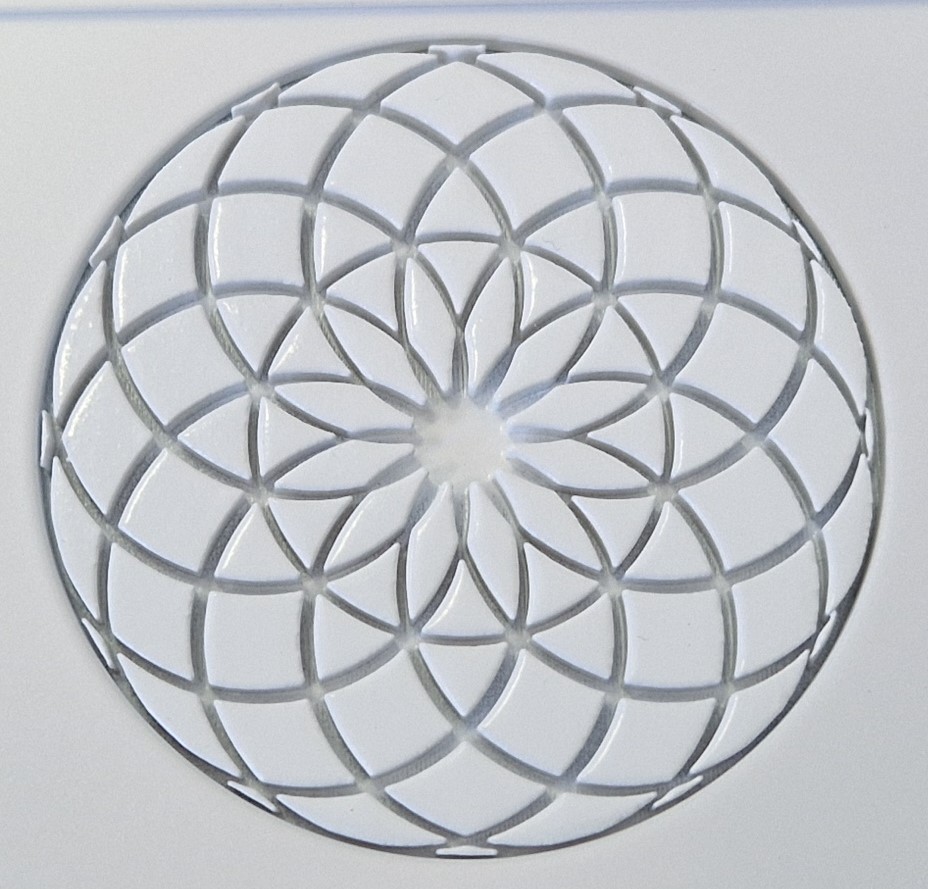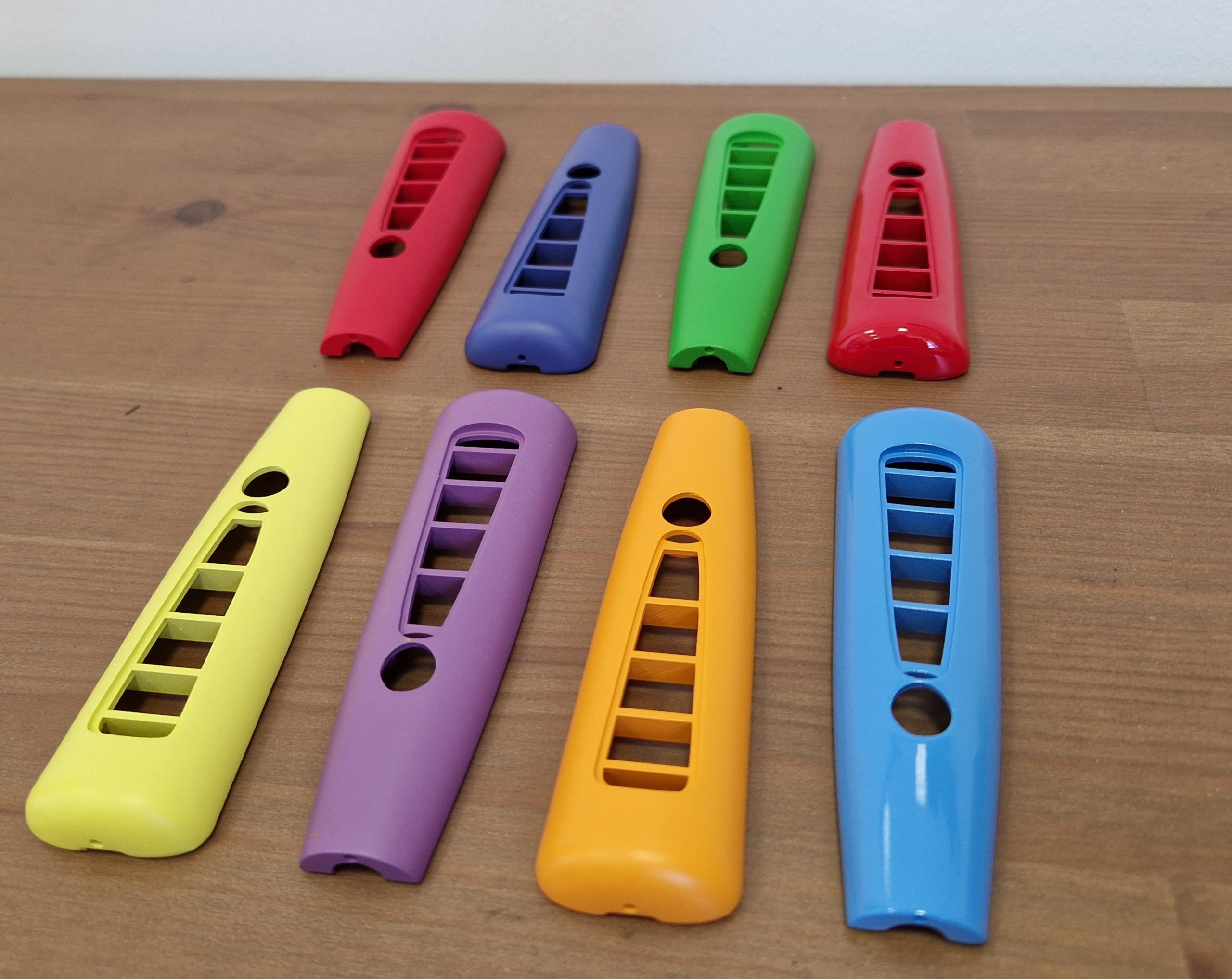3D printing offers remarkable opportunities for the production of custom enclosures and device housings, enabling designs that are often impossible to achieve with traditional manufacturing methods. Custom appearances provide not only aesthetic advantages but also the potential to optimize device functionality and strengthen brand identity. By enhancing user experience and functionality, custom enclosures can significantly boost product competitiveness.
Advantages of Custom Enclosures
The greatest advantage of custom enclosures lies in the capability of 3D printing to create designs that are difficult or impossible to produce using conventional methods. With 3D printing, complex shapes, intricate geometries, and fine details can be achieved without the need for costly molds. This allows device housings to feature unique aesthetic elements, helping the product stand out in the market.
In addition to customization, functionality can also improve. Enclosure shapes can be optimized for better cooling efficiency, while internal components can be arranged to maximize space utilization. Furthermore, custom enclosures can undergo special surface treatments, such as sandblasting or painting, enhancing both appearance and durability.
Challenges in Producing Custom Enclosures
While 3D printing custom enclosures offers numerous benefits, it also presents certain challenges. Material selection is a key consideration. Since 3D-printed enclosures often need to withstand mechanical stress, it is essential to use durable, heat-resistant, and UV-resistant materials, particularly for outdoor applications. For instance, SLA technology provides excellent surface quality but produces more brittle parts compared to FDM-printed plastics.
Another challenge is dimensional accuracy and fit. Although 3D printing is a precise technology, material expansion due to heat and distortions from the printing process can affect final dimensions. Careful design and, if necessary, post-processing are required to ensure a perfect fit.
Cost is also a crucial factor. Producing custom enclosures with 3D printing can be cost-effective, especially for low volumes, as it eliminates the need for expensive molds. However, for higher production volumes, traditional injection molding may be more economical. Thus, 3D printing is particularly advantageous for prototyping, small-scale, or limited-series production, where customization and unique appearance add value to the product.
The Role of Design Flexibility and Customization
3D printing provides unparalleled flexibility in design, allowing virtually any concept to be brought to life. Logos, unique textures or surfaces, and decorative elements can be directly integrated into the enclosure. This is particularly beneficial for products where brand identity plays a crucial role, as the product’s external appearance can communicate the company’s uniqueness.
Additionally, 3D-printed enclosures are easily adaptable to specific requirements. For instance, if a product is used in a unique environment (such as extreme temperatures or high humidity), the enclosure can be tailored to meet these conditions. Such customization is typically expensive and complicated to achieve using traditional manufacturing methods.
Conclusion
The 3D printing of custom enclosures and device housings is revolutionizing product development. It enables fast and flexible manufacturing while ensuring exceptional aesthetics and functionality. Although material selection, dimensional accuracy, and costs pose challenges, the benefits of 3D printing – such as customization, low-volume production, and rapid prototyping – provide a unique opportunity to gain a competitive edge in the market. By combining distinctive designs with enhanced functionality, 3D printing has become a fundamental tool in modern device development.



